Dachau served as a prototype and model for the other Nazi concentration camps that followed. Almost every community in Germany had members taken away to these camps, and as early as 1935 there were jingles warning: "Dear God, make me dumb, that I may not to Dachau come."
The camp's basic organization: layout as well as building plans, were developed by Kommandant Theodor Eicke and were applied to all later camps. He had a separate secure camp near the command center, which consisted of living quarters, administration, and army camps. Eicke himself became the chief inspector for all concentration camps, responsible for molding the others according to his model.
The camp was occupied from 1933 to 1960, the first twelve years as an internment center of the Third Reich. From 1933 to 1938 the prisoners were mainly German nationals detained for political reasons. In 1938 and after a significant population of German Jews were added. Subsequently the camp was used for prisoners of all sorts from every nation occupied by the forces of the Third Reich.[4] From 1945 through 1948 the camp was used as a prison for SS officers awaiting trial. After 1948 the German population expelled from Czechoslovakia were housed there and it was also a base of the United States. It was closed in 1960 and thereafter at the insistence of ex-prisoners various sorts of memorials began to be constructed there.
Estimates of the demographic statistics vary but they are in the same general range. History may never know how many people were interned there or died there, due to periods of disruption. One source gives a general estimate of over 200,000 prisoners from more than 30 countries for the Third Reich's years, of whom two-thirds were political prisoners and nearly one-third were Jews. 25,613 prisoners are believed to have died in the camp and almost another 10,000 in its subcamps,[6] primarily from disease, malnutrition and suicide. In early 1945, there was a typhus epidemic in the camp due to influx from other camps causing overcrowding, followed by an evacuation, in which large numbers of the weaker prisoners died. Toward the end of the war death marches to and from the camp caused the expiration of large but unknown numbers of prisoners. Even after liberation, prisoners weakened beyond recovery continued to die.
Over its twelve years as a concentration camp, the Dachau administration recorded the intake of 206,206 prisoners and 31,951 deaths. Crematoria were constructed to dispose of the deceased. These numbers do not tell the entire story, however. Although there is no evidence of mass murder within the camp by methods other than poor sanitation, deprivation of medical care, withholding of nutrients, medical experiments, and beatings and shootings for infractions of the rules or at random, beginning in 1942 more than 3166 prisoners in weakened condition were transported to Hartheim Castle near Linz and there were executed by poison gas for reason of their unfitness. In 1941 and 1942 an unknown number of prisoners of war from the Soviet Union were executed by shooting at the camp's surrounding firing ranges, some for target practice and for sport.
Together with the much larger Auschwitz, Dachau has come to symbolize the Nazi concentration camps to many people. Konzentrationslager (KZ) Dachau holds a significant place in public memory because it was the second camp to be liberated by British or American forces. Therefore, it was one of the first places where these previously unknown Nazi practices were exposed to the Western world through firsthand journalist accounts and through newsreels.

 2010-08-18
2010-08-18 2010-08-18
2010-08-18

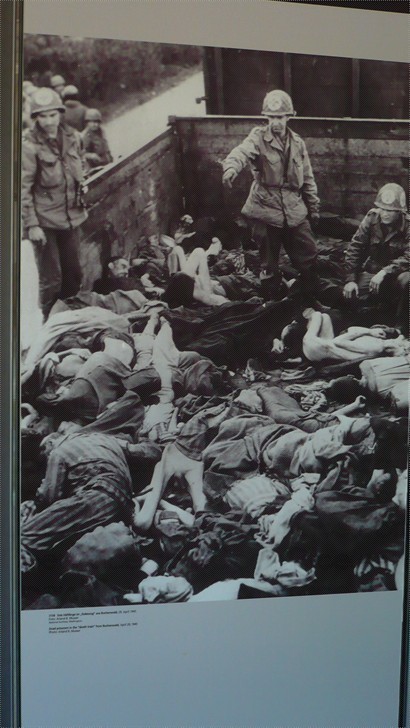
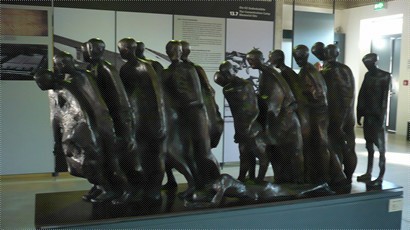
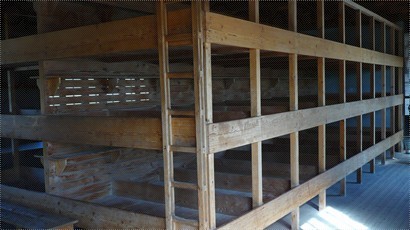
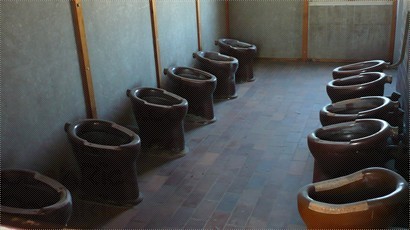
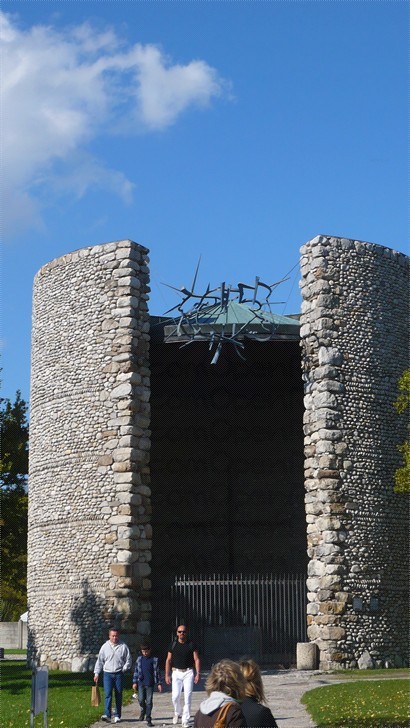











 遊記數目
遊記數目  上載相片
上載相片  上載影片
上載影片 


 schwarzes rossl (
schwarzes rossl ( Bouillon Chartier (
Bouillon Chartier (